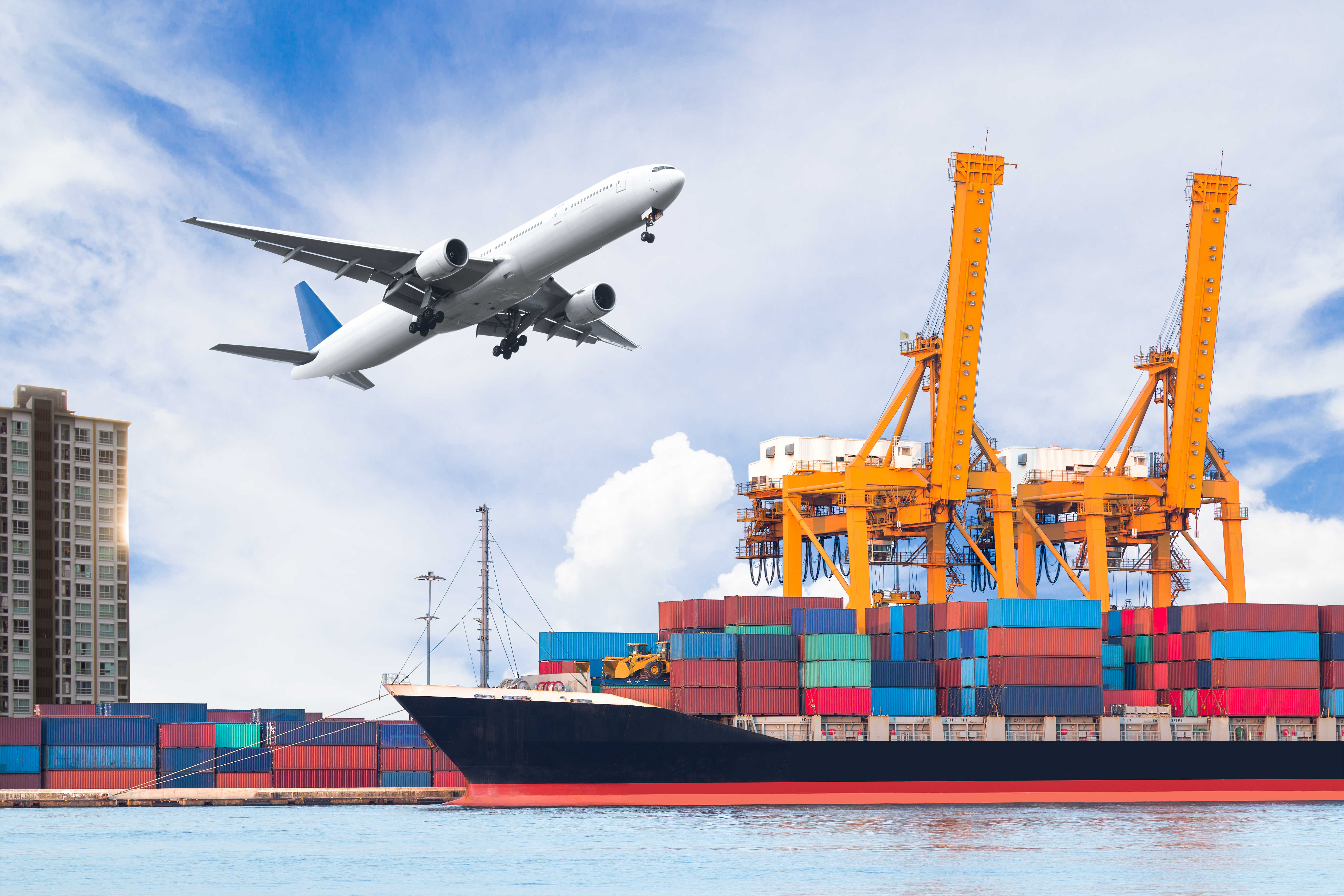Logistics operations include everything from the movement of a product to the management of incoming raw materials, production, storing of finished goods, delivery to the customers and after sales services. Most of the people think this process ends with the actual delivery. However, there is one more thing that needs to be considered after the final customer receives the cargo; Reverse Logistics.

According to the logistics experts, reverse logistics is defined as the process of moving product from its point of consumption through channel members to the point of origin to recapture value or ensure proper disposal. It is not as simple as just throwing the supply chain in reverse. Reverse logistics includes processing returned merchandise due to damage, seasonal inventory, restock, salvage, recalls, and excess inventory. It also includes recycling programs, hazardous material programs, obsolete equipment disposition, and asset recovery. Redesigning packaging to use less material, or reducing the energy and pollution from transportation are less common but more important activities.
Forward distribution is carefully planned to move product efficiently and effectively. But with reversion, companies often do not plan or do not know what product is coming back, or when it will arrive. In many companies, reverse logistics is a lower priority, and unless a company has 100 percent returns, reverse logistics will never be as important as forward logistics. Even though, optimizing reverse logistics do not deliver the same scale of benefits as forward, well-planned optimizations can result in cost reductions and service level improvements of up to 50 percent.
Reverse logistics has several steps to plan such as of physical movement of goods, warehousing, triage, repair, and after sales customer support. As the beginning of this process, the customer could be required to mail in the goods, or drop them off at designated locations. Some merchants organize for pickups of the goods from the customer’s location. After the physical goods are collected, they need to be tagged, tracked, and stored. Sorting of goods based on their condition or quality is very critical. Some of the goods need to be repaired and sent back, others have to be sold off as used/defective goods, and others need to be sold as scrap.
Repairing is a very important process in reverse supply chain, either for returning repaired goods to the customer or for reselling the returned goods. Cost effective repairs can enable the reverse logistics center to actually become a profit center. In fact, the business model of several third party reverse logistics providers depends upon selling refurbished products at high markups. Some go so far as to actually provide warranties on the refurbished goods.
After the returned goods are refurbished and sold to a new customer, the reverse logistics provider becomes the new seller. All aspects of after sales support, such as servicing the product and supporting it with an annual maintenance contract are required even in the case of goods sold second-hand.
Many logisticians understand the potential opportunity that lies in optimizing reverse logistics, but are tackling so many other, higher priorities that they do not have time to address the issue. Because it is not a core competence, or because they do not have the systems or the volume to do it right, some companies outsource their reverse logistics to a third party. Whether companies choose to outsource reverse logistics or handle them in-house, there are huge cost-cutting and revenue-generating opportunities in returns. It may not be a burning platform, but consider how much you could add to the bottom line. You may be missing a great opportunity to make a multi-million-dollar contribution to your company’s coffers.




